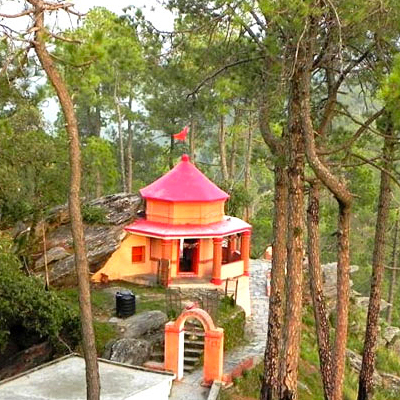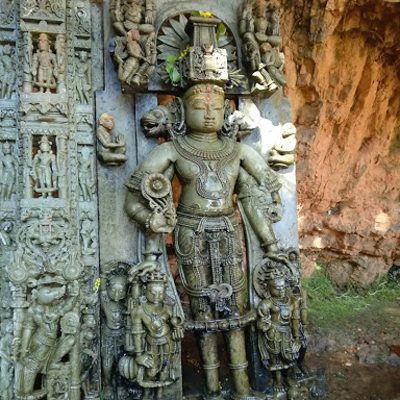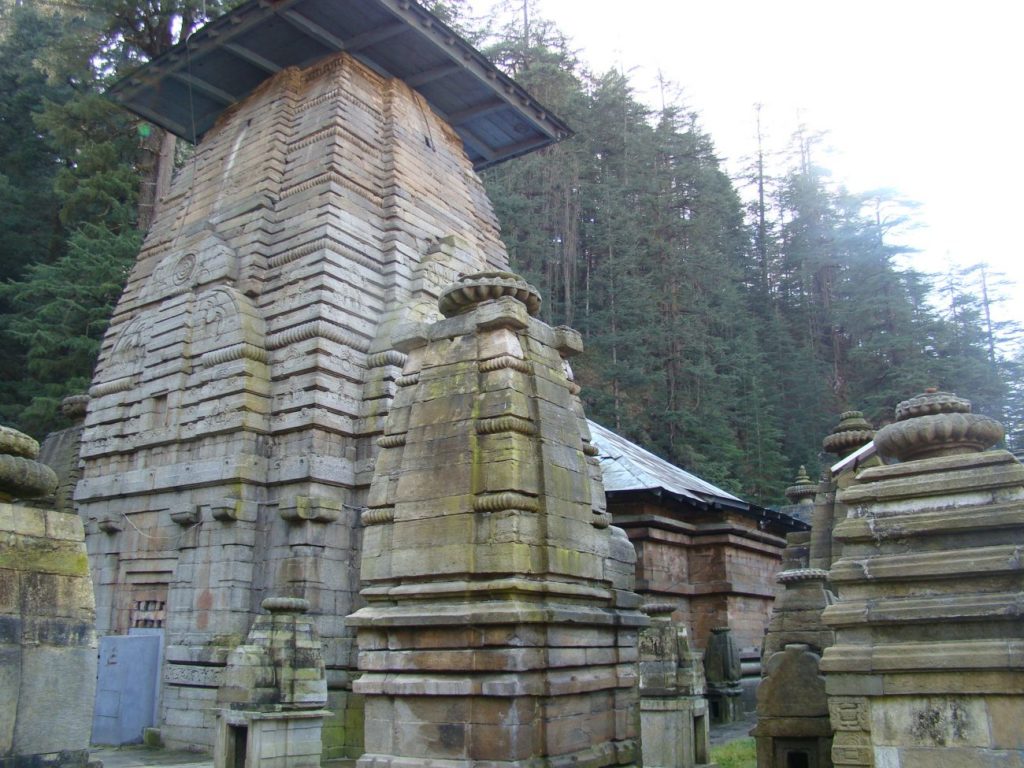What makes the place what it is, is its positioning on the earth’s Van Allen Belt. Simply put, the region girding the Kasar Devi Temple has an enormous geomagnetic field, thanks to gaps in bands of radiation. As a result, Kasar Devi is endowed with a cosmic energy analogous to that of UK’s Stonhenge and Peru’s Machu Pichu. There’s nothing relatively like being one with yourself amidst a card-perfect geography adorned with pines and deodars. Those who have meditated at Kasar Devi, including the pen of this piece, would enfeeble for the fact that it does award you with a lesser position of revivification and inner mending.
Also known as Crank’s Ridge or the Hippie Hill, the area around the Kasar Devi Temple has always been a melting pot of art, spiritualism and poetry. Made popular by the likes of songster Bob Dyllan and actor Uma Thurman, Kasar Devi continues to host alpinists, who come then looking for answers to life’s grueling questions.
Bineshwar Mahadev Temple is the tabernacle from which Binsar derives its name. The presiding deity of this tabernacle is the Lord Shiva and it was erected during the prosperous reign of King Kalyan Chand; one of the scions of the Chand Raja dynasty. The Chand Rajas had their summer capital at Binsar and Bineshwar Mahadev tabernacle is one of the many constructions dating back to the 16th century architectural style that are still there in Binsar.
Bineshwar Mahadev Temple is positioned at a distance of 6 kms from Ayarpani and it’s accessible to visit it on the way to the Binsar Wildlife Sanctuary.
Bineshwar Mahadev Temple is a notorious old tabernacle and one of the important sightseeing lodestones in Binsar. Besides being a religious place, the tabernacle is also known for it’s architectural excellence. It’s one of the ideal halting spots for excursionists heading to Binsar Wildlife Sanctuary.
The Binsar Wildlife Sanctuary is spread over just 47 sq km. But its size belies its beauty and variety of its residers. Covering a heavily forested hilly terrain in the Kumaon hills, with mound going up to m, the sanctuary is made up substantially of rhododendron and oaks. At lower mound, the pitches are covered with chir pines. The sanctuary is home to ghoral, kakar, wild boar, monkeys, Himalayan black bears, jackals, Indian red fox and porcupines. And however extremely fugitive, indeed the leopard. It’s also a poachers’ paradise with around 200 species of occupant and migrant catcalls. There are several places to stay inside the sanctuary including the Mary Budden Estate
Gana Nath Temple, 47 kms from Almora, is notorious for its grottoes and a Shiva tabernacle. During the special Kartik Purnima carnival held at the tabernacle, the entire region echoes with the sounds of metrical hymns and witching folk songs.




